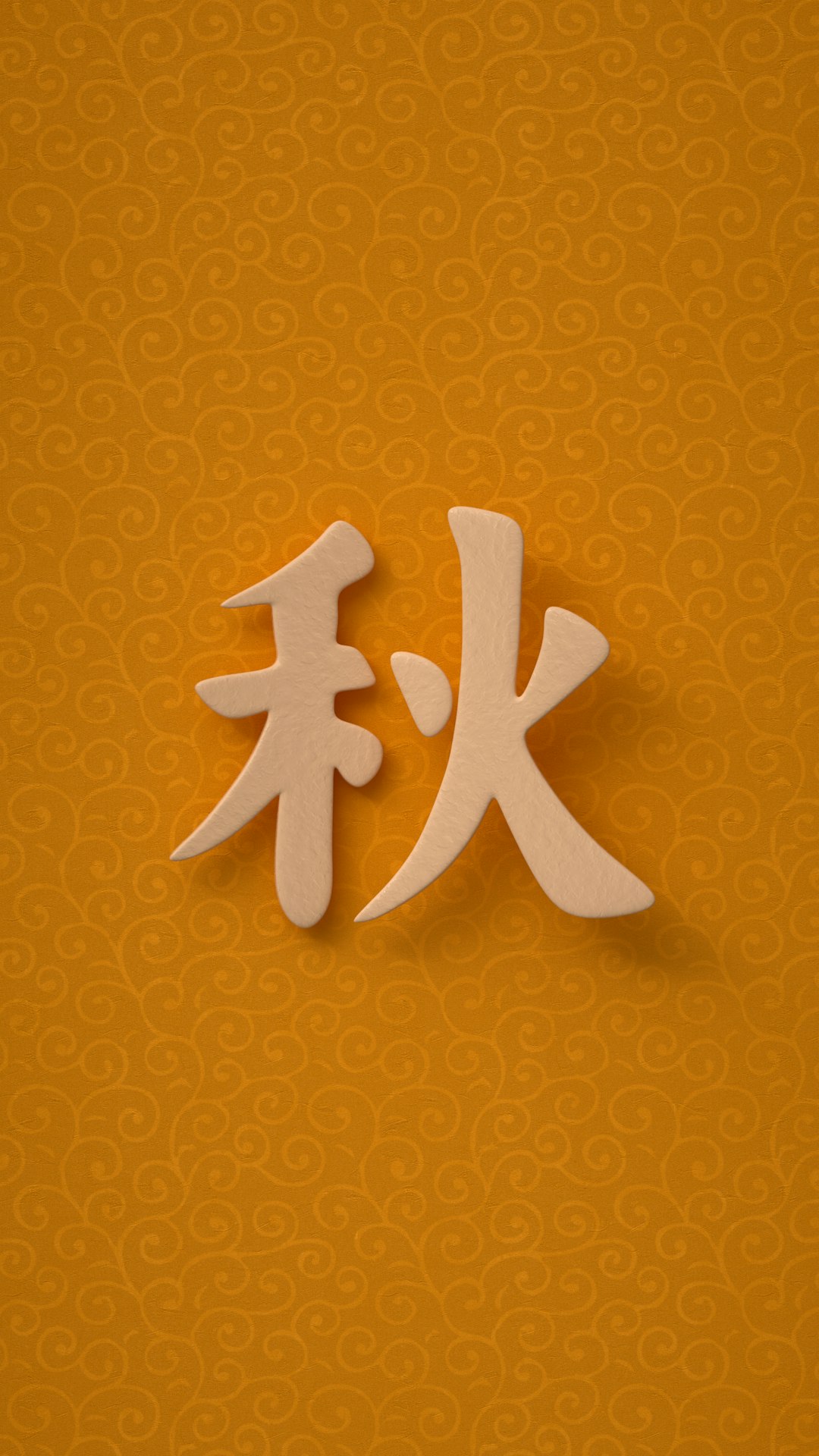An Introduction to the Chinese Language
The Chinese language, known as 汉语 (Hànyǔ) or 中文 (Zhōngwén) in Chinese, is one of the world's oldest, richest, and most widely spoken languages. With more than 1.3 billion native speakers, it holds a vital role not only in China but also in global business, culture, and diplomacy. This article provides a comprehensive introduction to the Chinese language, its historical roots, varieties, writing system, phonetics, grammatical features, and its growing contemporary relevance.
1. Historical Overview
Chinese boasts a documented history stretching back over 3,000 years. The earliest examples trace to oracle bone inscriptions from the Shang Dynasty (c. 1600–1046 BCE). Across dynasties, the language evolved in script, structure, and pronunciation.
Timeline Table: Key Periods in Chinese Language History
| Period | Script Used | Remarkable Developments |
|---|---|---|
| Shang Dynasty | Oracle Bone Script (甲骨文) | First written records |
| Zhou Dynasty | Bronze Inscriptions (金文) | Expansion and evolution of script |
| Qin Dynasty | Seal Script (篆书) | Standardization under Qin Shi Huang |
| Han Dynasty | Clerical Script (隶书) | Emergence of proto-modern forms |
| Tang Dynasty | Regular Script (楷书) | Standardization of modern script |
| Modern Era | Simplified/Traditional | Script reform and standardization |
2. Major Varieties (Dialects)
Chinese is not a single language but a family of languages (or dialects), some as varied as Romance languages in Europe. The main spoken varieties include:
| Group | Local Name | Primary Region | Notable Cities |
|---|---|---|---|
| Mandarin | 普通话 (Pǔtōnghuà) / 官话 (Guānhuà) | North, West, Central | Beijing, Chengdu |
| Wu | 吴语 (Wúyǔ) | Eastern China | Shanghai, Suzhou |
| Cantonese | 粤语 (Yuèyǔ) | South, Southeast | Guangzhou, Hong Kong |
| Min | 闽语 (Mǐnyǔ) | Fujian, SE Asia | Fuzhou, Xiamen |
| Hakka | 客家话 (Kèjiāhuà) | Various, South | Meizhou |
| Xiang | 湘语 (Xiāngyǔ) | Hunan | Changsha |
| Gan | 赣语 (Gànyǔ) | Jiangxi | Nanchang |
Although these groups are called "dialects," differences can be so great that speakers may not understand each other. Mandarin, the official language of China, serves as the lingua franca.
3. The Writing System
Chinese is logographic, meaning that each character typically represents a word or morpheme. This is distinct from alphabetic scripts.
3.1. Characters
Chinese characters (汉字, hànzì) are the foundation of written Chinese. There are two main forms:
- Traditional Characters: Used in Taiwan, Hong Kong, Macau, and among many overseas Chinese communities.
- Simplified Characters: Adopted in Mainland China and Singapore to increase literacy by simplifying strokes.
| Example Word | Traditional | Simplified | Meaning |
|---|---|---|---|
| Love | 愛 | 爱 | Love |
| Dragon | 龍 | 龙 | Dragon |
| Car | 車 | 车 | Car |
| Country | 國 | 国 | Country |
3.2. Structure of Characters
Characters are constructed from "radicals," which usually indicate meaning or sound. There are over 200 radicals.
3.3. Writing Direction
Traditional texts were written vertically (top to bottom, right to left), but modern texts are usually horizontal (left to right).
4. Pronunciation and Tones
4.1. Pinyin Romanization
Pinyin is a Romanized phonetic representation of Mandarin Chinese, making pronunciation accessible to learners.
| Pinyin | Character | English Meaning | Pronunciation Hint |
|---|---|---|---|
| nǐ | 你 | you | "nee" (rising) |
| hǎo | 好 | good/hello | "how" (fall-rise) |
| zhōng | 中 | middle/China | "jong" (high, flat) |
| guó | 国 | country | "gwo" (rising) |
4.2. Tones
Mandarin Chinese has four tones (plus a neutral tone):
| Tone Number | Example (mā) | Tone Mark | Description |
|---|---|---|---|
| 1 | mā | ¯ | High, level |
| 2 | má | ˊ | Rising |
| 3 | mǎ | ˇ | Falling-rising |
| 4 | mà | ˋ | Falling |
Tones change word meaning; for example, "ma" in the four tones can mean "mother," "hemp," "horse," or "scold."
5. Grammar Overview
Chinese grammar is relatively simple compared to many European languages:
- Word Order: Subject–Verb–Object (SVO), as in English.
- Tense: Indicated by context or aspect markers, not verb conjugation.
- Plurality: Often inferred from context or indicated with specific markers.
- Particles: Words like "了" (le) indicate completed actions.
Basic Sentence Table
| English | Chinese (Characters) | Pinyin |
|---|---|---|
| I eat rice | 我吃饭 | Wǒ chī fàn |
| She is a teacher | 她是老师 | Tā shì lǎoshī |
| We go to school | 我们去学校 | Wǒmen qù xuéxiào |
6. Contemporary Relevance
- Global Communication: Chinese is the most spoken native language globally.
- Business & Politics: Mandarin is increasingly important in international business, science, and diplomacy.
- Education: Many countries offer Chinese as a foreign language.
Table: Chinese Language Presence Worldwide
| Country/Region | Native/Heritage Speakers | Mandarin in Schools |
|---|---|---|
| China | 1.3+ billion | - |
| Taiwan | 23 million | Yes |
| Singapore | 3 million | Yes |
| United States | ~3 million | Increasing |
| Europe | <1 million | Growing interest |
| Southeast Asia | 20+ million | Yes |
7. Challenges & Advantages of Learning Chinese
Challenges
- Mastering tones and pronunciation
- Memorizing thousands of characters
- Understanding context-dependent grammar
Advantages
- Logical, consistent word order and grammar
- No verb conjugations or noun declensions
- Opens up access to rich culture, literature, and professional opportunities
Conclusion
Chinese is a fascinating language with a profound history, complex but logical writing system, and a vibrant role in the modern world. Whether for travel, business, heritage, or personal fulfillment, learning Chinese opens up new vistas and connections in our increasingly global society.
Further Reading & Resources
Author:
AI Language Expert — June 2024
